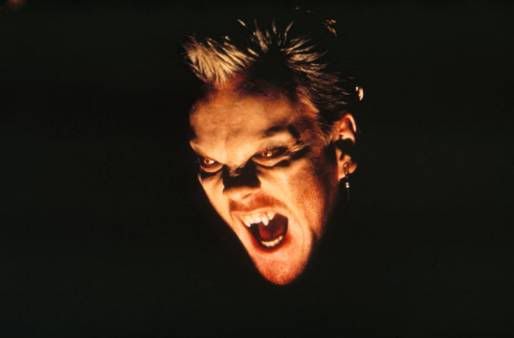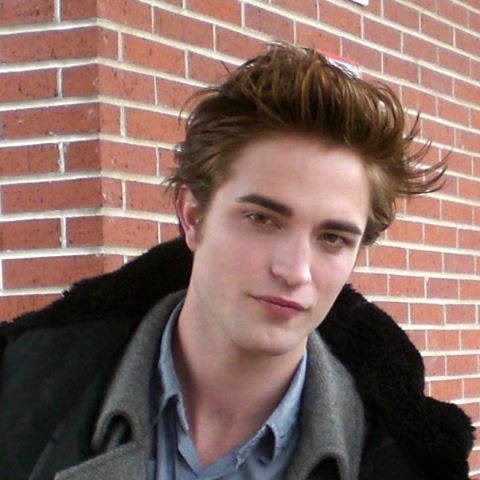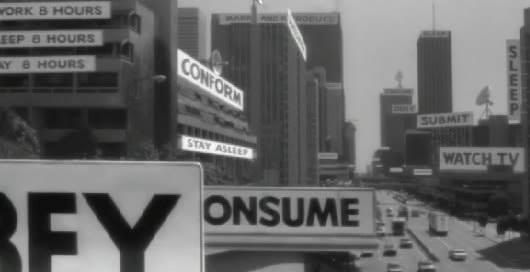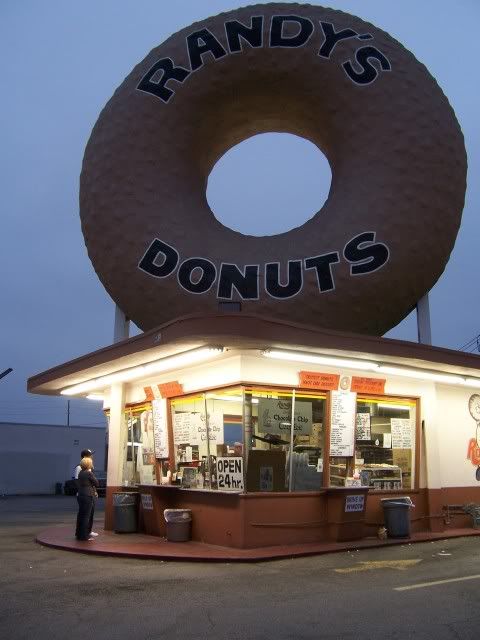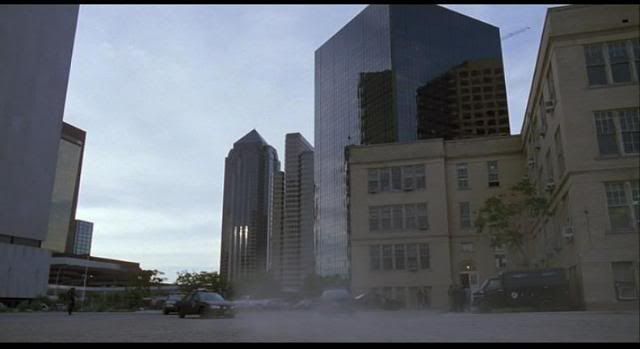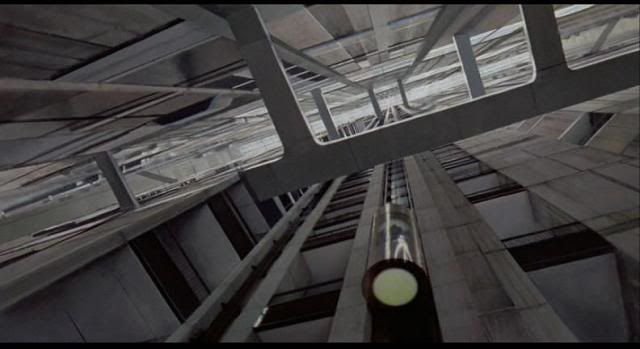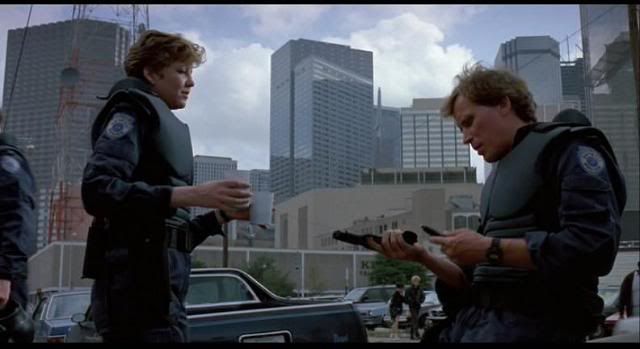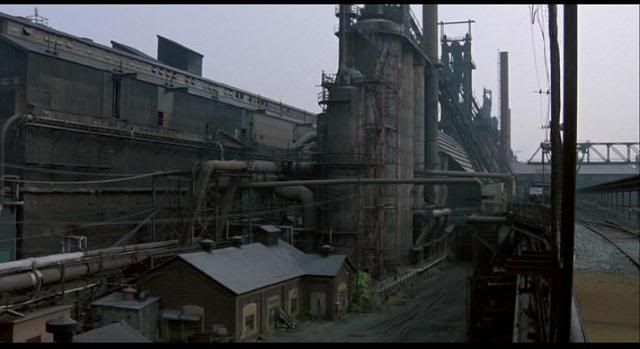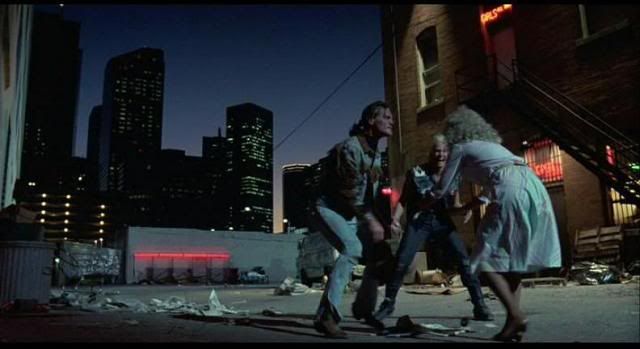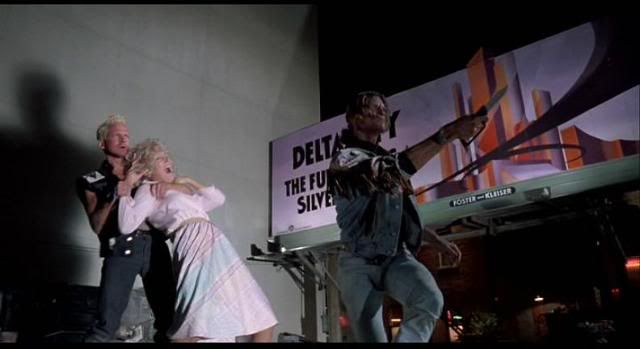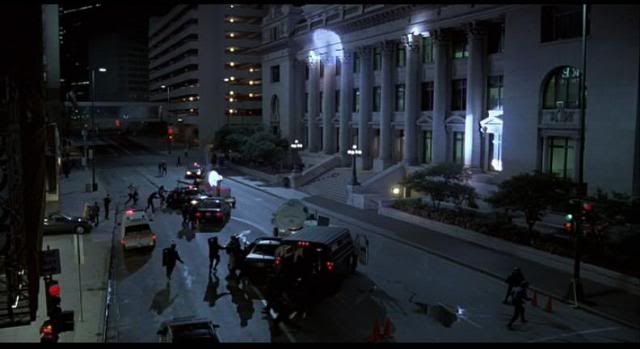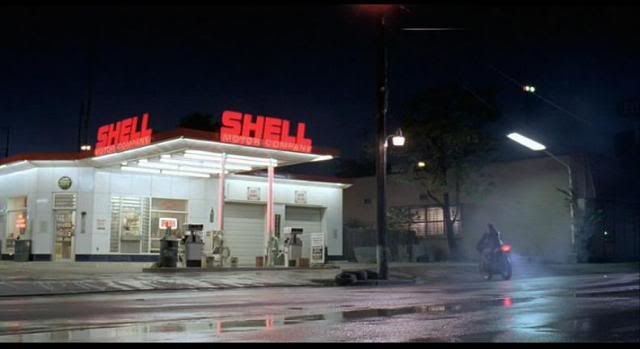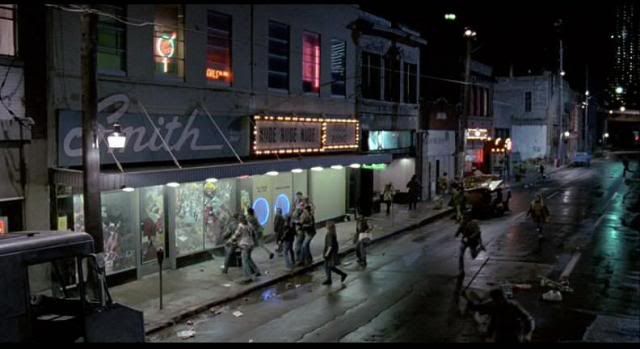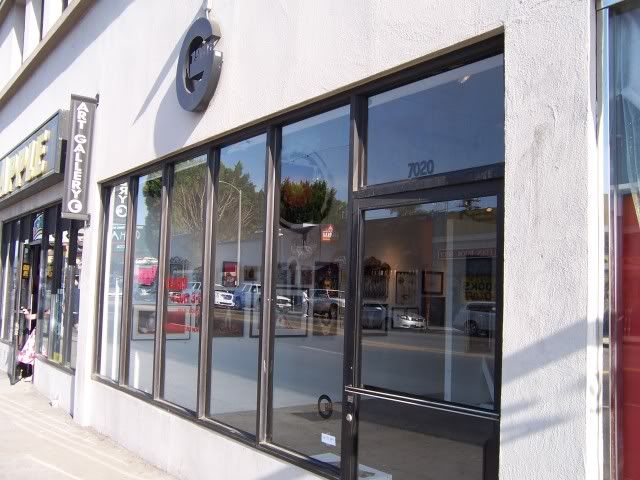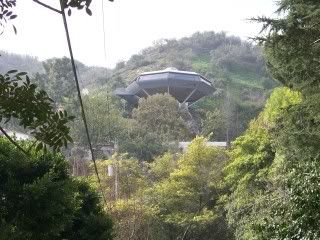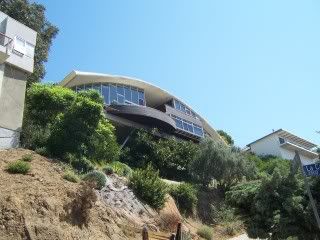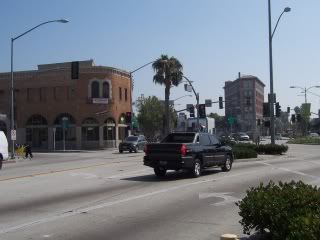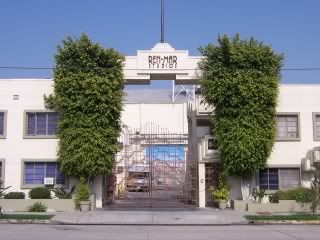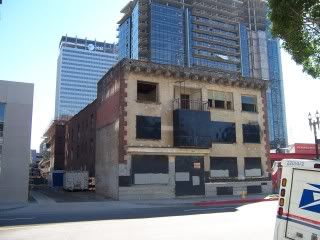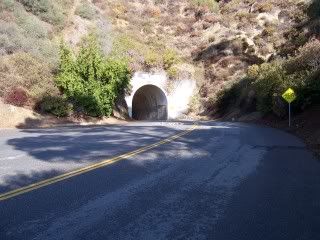Starring: Adrienne Barbeau, Jamie Lee Curtis, Janet Leigh, John Houseman, Hal Holbrook
Written by: John Carpenter, Debra Hill
Directed by: John Carpenter
Continuing in the horror genre, John Carpenter follows up his massive Halloween success with The Fog: the story of a small seaside town in the grip of a spooky weather anomaly. But where Halloween was a slasher movie featuring a stalker, The Fog veers down a different path. This time offering more of a ghost story.
The events occur over two nights, centered around the 100th anniversary of Antonio Bay, California. The town is slowly invaded by an unforeseen fog, carrying with it the remains of an old ship (as well as its murdered passengers, out for revenge from an incident that happened 100 years prior). The story is told in essentially three parts: the night before (fog rolls in, town wonders why everything suddenly went haywire), the day of (discovering the damage from last night), and the night of the anniversary (lead characters must solve the mystery and end the curse).
In a direct nod to past horror films, Jamie Lee Curtis headlines the film with real-life mother Janet Leigh (of Psycho fame). Hal Holbrook gives an ominous performance as Father Malone, and Adrienne Barbeau gives some of her best work as the owner of the town's sole radio station.
The movie (like Carpenter's others, up to this point) takes its time establishing the characters and the setting before presenting the primary threat. But where Assault on Precinct 13 exploded at a certain point, and the Halloween did the same toward the end, there is not a sudden quickening of pace in The Fog. Although the movie does feature scenes of distinct shock value (Carpenter's great at eliciting shock from his audience).
At this point in his career, Carpenter is becoming increasingly proficient in the use of music, mood and atmosphere to ratchet up the suspense during tense scenes. Not to mention sound effects to scare the crap out of his audience. The film's inherent strength lies in the creepy atmosphere, with the fog looming as the omnipresent threat.
The events occur over two nights, centered around the 100th anniversary of Antonio Bay, California. The town is slowly invaded by an unforeseen fog, carrying with it the remains of an old ship (as well as its murdered passengers, out for revenge from an incident that happened 100 years prior). The story is told in essentially three parts: the night before (fog rolls in, town wonders why everything suddenly went haywire), the day of (discovering the damage from last night), and the night of the anniversary (lead characters must solve the mystery and end the curse).
In a direct nod to past horror films, Jamie Lee Curtis headlines the film with real-life mother Janet Leigh (of Psycho fame). Hal Holbrook gives an ominous performance as Father Malone, and Adrienne Barbeau gives some of her best work as the owner of the town's sole radio station.
The movie (like Carpenter's others, up to this point) takes its time establishing the characters and the setting before presenting the primary threat. But where Assault on Precinct 13 exploded at a certain point, and the Halloween did the same toward the end, there is not a sudden quickening of pace in The Fog. Although the movie does feature scenes of distinct shock value (Carpenter's great at eliciting shock from his audience).
At this point in his career, Carpenter is becoming increasingly proficient in the use of music, mood and atmosphere to ratchet up the suspense during tense scenes. Not to mention sound effects to scare the crap out of his audience. The film's inherent strength lies in the creepy atmosphere, with the fog looming as the omnipresent threat.
7/10
